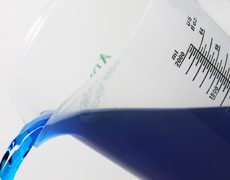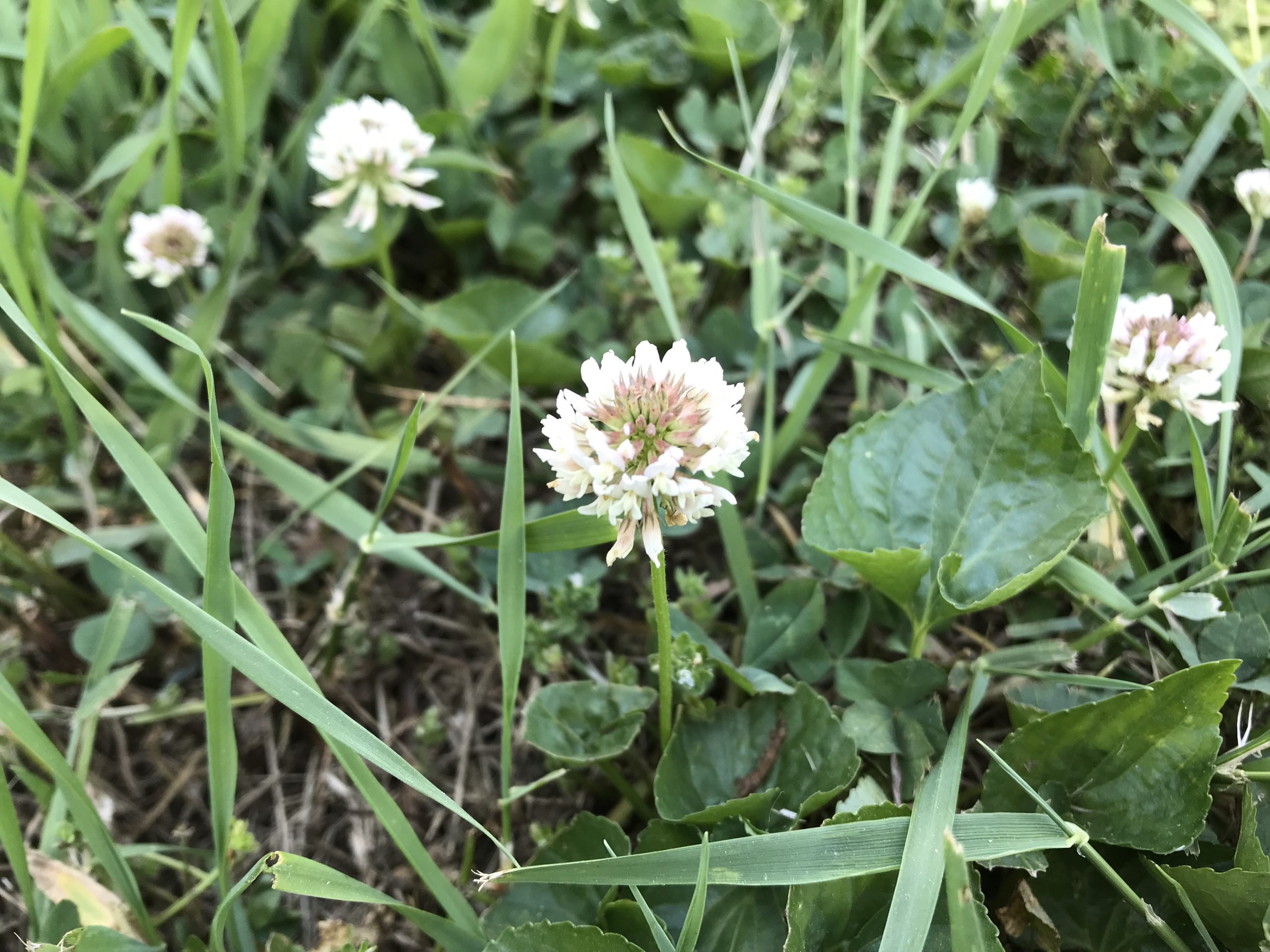By strategically planning your fall broadleaf herbicide applications, you can effectively minimize or even prevent weed problems in the following year. Here are things to think about when planning those applications:
Fall is the best time to apply broadleaf herbicides because the weeds actively store nutrients in their roots during fall. As they take in nutrients, weeds can also take in the systemic herbicides you’ve applied. These systemics will provide more successful control than contact herbicides. They are also more effective when applied in the fall than those applied in the summer.
Herbicide applications can continue until the first hard frost, at which point the weeds harden off. Any applications after the first hard frost will be less effective. However, you can still apply herbicides after a light frost. Sunny days without rain in the 24-hour forecast are the ideal time to make an application, as overcast conditions and rainfall reduce efficacy. It’s best if the herbicide has time to dry on the leaf surface.
Be deliberate about the timing of applications around your other fall projects. If you’re going to seed, applying a broadleaf herbicide 10 to 14 days before seeding is a good idea. A three-way herbicide like ArmorTech Threesome is recommended to protect seedlings from weed competition. Always read product labels when applying a herbicide before or shortly after seeding, as some chemistries are unsafe for grass in those situations.
Some broadleaf weeds, including ground ivy and wild violet, are especially tough to kill. When you need something powerful to control weeds like these, use a triclopyr product like Boulder. You can even tank-mix it with another herbicide for maximum control. Like applying a herbicide before or shortly after seeding, always read product labels before tank-mixing.
Contact your ATS rep to help plan your fall broadleaf weed control now and get ahead of the game.












